Typeerror Float Object Is Not Callable
Introduction:
Python is a versatile programming language known for its simplicity and readability. However, like any other programming language, it also has its fair share of errors and exceptions. One common error encountered by Python programmers is the TypeError: ‘float’ object is not callable. In this article, we will delve into what this error means, its possible causes, and how to diagnose and fix it. We will also provide real-life scenarios and examples to enhance your understanding of this error.
Overview of the TypeError: ‘float’ object is not callable:
In Python, ‘float’ is a built-in data type that represents real numbers with a decimal point. It is utilized to perform mathematical operations involving fractions and precise calculations. However, the ‘float’ object is not callable, meaning it cannot be treated as a function or method. This error occurs when a programmer mistakenly tries to use a ‘float’ object as a callable entity, such as trying to call it like a function.
Understanding the ‘float’ object in Python:
Before diving deeper into the TypeError, it’s crucial to understand what a ‘float’ object is and its characteristics. In Python, a ‘float’ object is used to represent and store floating-point numbers or decimal numbers. It is an immutable data type, meaning that once a ‘float’ object is created, its value cannot be changed. A ‘float’ object can be defined by assigning a decimal number to a variable, such as ‘x = 3.14’, where ‘x’ is a ‘float’ object with the value 3.14.
Common operations and methods associated with ‘float’ objects:
Python provides various operations and methods that can be performed on ‘float’ objects. These include arithmetic operations like addition, subtraction, multiplication, and division, as well as methods to format and manipulate the floating-point numbers. For instance, you can round a ‘float’ object to a specific number of decimal places using the ’round()’ function, like ’rounded_value = round(3.14159, 2)’, where ’rounded_value’ will be 3.14.
Exploring the meaning of the TypeError: ‘float’ object is not callable:
Now, let’s delve into what causes a ‘float’ object to be not callable and how this error differs from other common Python error types. The ‘float’ object itself is not a callable entity, and attempting to call a ‘float’ object as a function will result in a TypeError. This error typically occurs when parentheses ‘()’ are mistakenly used after a ‘float’ object, resembling a function call. Python interprets this as an attempt to call a function, which is not allowed for a ‘float’ object.
Diagnosing and debugging the TypeError: ‘float’ object is not callable:
When encountering a TypeError, it is essential to locate the exact location of the error in the code. This can be done by checking the line number mentioned in the error message. Once you have identified the line causing the error, analyze the surrounding code and look for any instances where you might be mistakenly using a ‘float’ object as a callable entity. Be particularly conscious of function calls involving parentheses.
Strategies to fix and prevent the TypeError: ‘float’ object is not callable:
Now that we understand the causes and how to diagnose this error, let’s explore strategies to fix and prevent it in our Python code. The most straightforward solution is to remove the parentheses after the ‘float’ object, ensuring that it is not treated as a callable entity or function call. Additionally, double-check the data types of variables and function outputs to ensure consistency. Proper variable naming conventions and providing descriptive names can also help prevent future occurrences of this error.
Scenarios and examples of the TypeError: ‘float’ object is not callable:
To solidify your understanding, let’s examine some real-life coding situations where this error can occur and provide step-by-step solutions for each scenario. These scenarios include cases like converting a ‘float’ to an ‘int’, mistakenly treating objects as callable, handling input errors, and dealing with array conversions to Python scalars. Each scenario will be discussed in-depth, using keywords like “Python float, Int’ object is not callable, Object is not callable Python, Float to int Python, Float type Python, Input float Python, Only size-1 arrays can be converted to Python scalars, Euler Pythontypeerror float object is not callable.”
FAQs:
1. Q: How do I convert a ‘float’ object to an ‘int’ in Python?
A: To convert a ‘float’ to an ‘int’, you can use the ‘int()’ function. For example, ‘x = int(3.14)’ will assign the value 3 to the variable ‘x’.
2. Q: Can I call a ‘float’ object as a function in Python?
A: No, a ‘float’ object is not callable and cannot be treated as a function or method. Attempting to call a ‘float’ object will result in a TypeError.
3. Q: Are there any alternative data types that can be called in Python?
A: Yes, Python provides various data types that can be called as functions or methods. These include lists, strings, and dictionaries.
4. Q: How can I avoid the TypeError: ‘float’ object is not callable in my code?
A: To avoid this error, double-check your code for any instances where you mistakenly use a ‘float’ object as a callable entity. Remove any parentheses after the ‘float’ object to prevent function calls on it.
Conclusion:
Understanding and resolving the TypeError: ‘float’ object is not callable is crucial for Python programmers to write efficient and error-free code. By comprehending the nature of ‘float’ objects, identifying the causes of this error, and utilizing effective debugging strategies, you can overcome this error and enhance the reliability of your Python code. Remember to pay attention to the specific line causing the error, remove any mistaken function calls on ‘float’ objects, and ensure consistent data type usage. By following these guidelines, you can build robust and error-free Python programs.
Typeerror : ‘List’ Object Is Not Callable Solved In Python
Why Is My Float Object Not Callable?
Have you ever encountered the perplexing error message “float object not callable” when working with Python? This can be a frustrating issue to troubleshoot, especially when you are confident that your code is correct. In this article, we will explore the reasons why you might encounter this error and provide some insights on how to resolve it.
Understanding callable objects in Python
To comprehend why a float object might not be callable, we must first understand what a callable object is in Python. In general, a callable object is something that can be “called” as if it were a function. This includes functions themselves, as well as certain classes and instances of classes that implement the special `__call__` method.
Float objects in Python
Float objects in Python are instances of the `float` class. They represent real numbers and are used for performing mathematical calculations involving fractional numbers. Float objects are not callable by default, meaning you cannot treat them as functions and call them directly.
Reasons why a float object might not be callable
1. Misuse of parentheses: The most common and likely reason why you encounter the “float object not callable” error is a misuse of parentheses. It is important to note that the parentheses `()` are used for function calls in Python. If you mistakenly attempt to use parentheses with a float object, Python will interpret it as an attempt to call the object, resulting in the error message. To fix this, make sure you are using the correct syntax for calling functions and avoid using parentheses with float objects.
2. Syntax confusion: Another reason you may see this error is due to a syntactical error. For instance, if you accidentally include an extra set of parentheses after a float object, it may create confusion and lead to the error. Carefully examine your code for any misplaced parentheses and remove them if necessary.
3. Shadowing built-in functions: Python has numerous built-in functions, such as `float()`, which can be used to convert values to floating-point numbers. However, if you redefine one of these functions as a float object elsewhere in your code, it can cause conflicts and result in the “float object not callable” error. To avoid this, make sure you do not use the same name for a float object as a built-in function.
4. Use of incorrect methods: Float objects have various methods associated with them to perform operations or retrieve specific information. If you mistakenly attempt to call a non-existent method on a float object or use an incorrect method, it may trigger the error. Always refer to the official Python documentation to ensure you are using the correct methods for float objects.
Resolving the “float object not callable” error
Now that we understand the potential reasons for encountering this error, let’s explore some ways to resolve it:
1. Check parentheses usage: Double-check your code and ensure that you are not mistakenly using parentheses with a float object. If needed, remove the parentheses and adjust your code accordingly.
2. Identify and correct syntax errors: Carefully examine your code for any syntax errors, such as misplaced or extra parentheses. Correct them to eliminate any confusion and resolve the error.
3. Avoid shadowing built-in functions: Be cautious when naming your variables or objects to avoid using the same name as a built-in function. Using unique and descriptive names will minimize the chances of encountering conflicts.
4. Verify method usage: Review the methods associated with float objects and make sure you are calling the correct ones. If you need assistance, consult the official Python documentation or relevant programming resources.
FAQs
Q: Can float objects be called in any circumstance?
A: Float objects cannot be called as functions directly. They represent numeric values and do not implement the `__call__` method required for invocation.
Q: I have parentheses in my code, but I’m not trying to call a float object. Could there be another reason for the error?
A: Yes, the error message might be misleading. While the most common cause is parentheses misuse, other syntax errors or conflicts with built-in functions can also trigger the error. Review your code carefully for any potential issues.
Q: How can I differentiate between a float object and a function in my code?
A: In Python, functions are typically defined explicitly with the `def` keyword, followed by the function name and parentheses. Float objects are usually assigned with a numeric value, such as `x = 3.14`. Pay attention to the syntax and context to distinguish between the two.
In conclusion, encountering the “float object not callable” error in Python can be due to various factors, including parentheses misuse, syntax errors, conflicts with built-in functions, or incorrect method usage. By understanding the nature of float objects and carefully reviewing your code, you can effectively troubleshoot and resolve this error, ensuring smoother execution of your Python programs.
What Is Float Object In Python?
In Python, a float object is a built-in data type that represents real numbers. It is used to store decimal numbers, both positive and negative, with varying precision. Float objects are commonly used in mathematical and scientific computations as they provide a higher level of accuracy compared to their integer counterparts.
Defining a Float Object:
Float objects can be defined by assigning a value to a variable using a decimal point. For example:
“`python
x = 3.14
“`
In this case, x is a float object representing the value 3.14. It is important to note that any number with a decimal point is considered a float in Python, regardless of the value after the decimal.
Operations with Float Objects:
Float objects support several arithmetic operations, including addition, subtraction, multiplication, and division. These operations can be performed with other float objects or with integer objects, as Python automatically converts integers to floats when necessary. For example:
“`python
a = 2.5
b = 1.5
c = a + b # The result is 4.0
d = a – b # The result is 1.0
e = a * b # The result is 3.75
f = a / b # The result is 1.6666666666666667
“`
It is worth mentioning that performing division with float objects may result in small inaccuracies due to the finite precision of floating-point representation. These inaccuracies are known as floating-point errors and are a common issue when working with floats. To handle such errors, Python offers various modules, such as `decimal` or `numpy`, which provide more precise alternatives to float calculations.
Type Conversion:
Float objects can also be converted to other data types using built-in conversion functions. For instance, `int()` function can be utilized to convert a float object to an integer by truncating the decimal part. Additionally, `str()` function can be used to convert a float to a string object, making it easier to display or manipulate the value of the float as a string.
“`python
x = 5.8
x_as_int = int(x) # Converts x to an integer: 5
x_as_str = str(x) # Converts x to a string: “5.8”
“`
Floating-Point Precision:
One of the aspects to consider when working with float objects is the issue of floating-point precision. Floats have a finite number of bits to represent a value, which can result in round-off errors. For example, 2/3 may be represented as 0.66666666666667 due to this limitation.
To gain more control over the precision, Python offers the `round()` function. This function enables users to round a float object to a specified number of decimal places. For instance:
“`python
x = 3.14159
rounded_x = round(x, 2) # The result is 3.14
“`
FAQs:
Q: What is the difference between float and integer objects?
A: The main difference is that float objects can store decimal numbers, whereas integer objects can only store whole numbers. Floats also provide a higher level of accuracy but may encounter floating-point errors due to their inherent precision limitations.
Q: How can I convert a float object to an integer in Python?
A: To convert a float object to an integer, you can use the `int()` function. It truncates the decimal part of the float and returns the integer value. For example, `int(3.14)` would yield `3`.
Q: Can I perform arithmetic operations between float and integer objects?
A: Yes, Python automatically converts integers to floats when involved in arithmetic operations with float objects. This allows you to perform calculations between these two data types without explicitly converting them.
Q: How can I format a float object with a specific number of decimal places?
A: Python offers various ways to format float objects. One way is to use the `round()` function to specify the desired number of decimal places. Another method involves using formatting options, such as the `format()` function or f-strings, to define the precision.
Keywords searched by users: typeerror float object is not callable Python float, Int’ object is not callable, Object is not callable Python, Float to int Python, Float type Python, Input float Python, Only size-1 arrays can be converted to Python scalars, Euler Python
Categories: Top 66 Typeerror Float Object Is Not Callable
See more here: nhanvietluanvan.com
Python Float
Introduction:
Python, one of the most popular programming languages, provides various data types to handle different kinds of data. One such essential data type is the float. In this article, we will explore the Python float in detail, discussing its characteristics, usage, and addressing commonly asked questions about it.
Understanding Python Float:
In Python, a float is a built-in data type used to represent real numbers with decimal points. Floating-point numbers are a fundamental part of scientific and mathematical calculations. Unlike integers, floats can represent both whole numbers and fractional values, making them versatile for precise calculations.
Using Python Float:
To assign a float value to a variable, simply state the number with a decimal point:
“`python
x = 3.14159
“`
Floating-point numbers can also be expressed in scientific notation, where “e” or “E” denotes the exponent of 10:
“`python
y = 2.5e-3 # Equivalent to 0.0025
“`
In Python, float division occurs by default when dividing two numbers:
“`python
result = 9 / 2 # Outputs 4.5
“`
Python Float Precision:
While working with floating-point numbers, precision is an important consideration. However, it’s crucial to understand that float numbers have finite precision due to the way computers store and handle them. Python float follows the IEEE 754 standard for floating-point arithmetic, with a typical precision of approximately 15 decimal places.
It’s important to be aware of floating-point precision limitations and avoid assuming infinite precision. Rounding errors may occur during calculations, leading to unexpected results. For instance:
“`python
result = 0.1 + 0.1 + 0.1 # Outputs 0.30000000000000004 instead of 0.3
“`
To overcome such precision issues, various techniques are available, such as rounding, limiting decimal places, or leveraging the Decimal module, which provides high precision mathematical operations.
Operations and Methods:
Python provides several mathematical operations and methods to manipulate float numbers. Here are some commonly used ones:
1. Addition:
“`python
sum_result = x + y
“`
2. Subtraction:
“`python
diff_result = x – y
“`
3. Multiplication:
“`python
prod_result = x * y
“`
4. Division:
“`python
div_result = x / y
“`
Additionally, Python supports various mathematical functions like logarithm, exponentiation, trigonometric functions (sin, cos, tan), and more. These functions can be applied directly to float numbers:
“`python
import math
log_value = math.log(x) # Calculates the natural logarithm of x
“`
Float Casting:
When working with multiple data types, it may be necessary to convert float values to other types. Python provides built-in functions to cast float numbers to integers or strings:
“`python
int_value = int(x) # Converts float to the nearest integer (3)
str_value = str(x) # Converts float to its string representation (“3.14159”)
“`
Frequently Asked Questions:
Q: Why do floating-point numbers have limited precision?
A: Floating-point numbers are stored in computer memory using a finite number of bits. As a result, they can only represent a specific range of real numbers with a limited number of digits. This leads to precision limitations and potential rounding errors.
Q: Can Python float accurately represent all real numbers?
A: No, Python float cannot accurately represent all real numbers. Some numbers, such as sqrt(2) or pi, have an infinite number of digits and cannot be represented exactly using a finite number of bits. Thus, rounding errors and minor differences may occur when using floats for such values.
Q: How can I compare floating-point numbers?
A: Due to potential precision issues, direct comparison of float values may not yield the desired results. Instead, it’s recommended to compare floats within a certain tolerance or use math.isclose() function, which allows you to specify the desired tolerance level for comparisons.
Q: How do I round a float number to a specific decimal place?
A: One way to achieve this is by using the round() function. For example, to round a float number `x` to two decimal places, you can use `round(x, 2)`.
Q: Are there any alternative libraries for precise floating-point arithmetic in Python?
A: Yes, Python provides the Decimal module for high-precision decimal arithmetic. This module allows you to manipulate floating-point numbers with adjustable precision and avoid rounding errors. However, it’s important to note that Decimal arithmetic may be slower than regular float arithmetic.
Conclusion:
Python’s float data type is crucial for handling real numbers with decimal points. Understanding its characteristics, precision limitations, and associated operations is essential for efficient mathematical and scientific computations. By being aware of potential issues and utilizing appropriate techniques, developers can ensure accurate floating-point calculations in their Python programs.
Int’ Object Is Not Callable
Python is a versatile and user-friendly programming language that allows developers to create efficient and readable code. However, like any programming language, Python has its own set of rules and quirks that developers need to be aware of. One common error that programmers may encounter is the “Int’ object is not callable” error. In this article, we will explore what this error means, why it occurs, and how to resolve it.
What does “Int’ object is not callable” mean?
In Python, the term “Int” refers to the integer data type, which represents whole numbers. The error message “Int’ object is not callable” indicates that you are attempting to call or invoke an integer as if it were a function. In Python, certain objects can be “callable,” meaning they can be used as functions or have associated methods that can be invoked. However, integers in Python are not callable objects, hence the error message.
Why does the “Int’ object is not callable” error occur?
This error usually occurs when you attempt to call a variable that holds an integer value as if it were a function. For example:
“`
x = 5
result = x()
“`
In the code snippet above, we try to invoke the variable `x` as if it’s a function by using parentheses. However, since `x` holds an integer value, Python raises the “Int’ object is not callable” error.
Another scenario that could lead to this error is mistakenly using parentheses instead of square brackets when accessing elements in a list or array. For instance:
“`
numbers = [1, 2, 3, 4, 5]
value = numbers(2) # should be numbers[2]
“`
In this case, Python considers the statement `numbers(2)` as an attempt to call the list `numbers` as if it were a function. However, lists are not callable objects, and thus the error is raised.
How to resolve the “Int’ object is not callable” error?
To resolve this error, you need to ensure that you are not trying to call an integer or a non-callable object as if it were a function. Here are a few solutions depending on the scenario:
1. Check your code for mistakenly using parentheses instead of square brackets when accessing elements in lists or arrays. Replace the parentheses with square brackets to correctly access the desired element.
2. Review your code for any variables that should not be called as functions. Make sure variables holding integer values or non-callable objects are not used with parentheses to avoid the error.
3. Be mindful of the context in which you are trying to invoke a function. Review the documentation or references for the specific Python module, library, or class you are working with to ensure your usage aligns with the requirements.
4. If you are dealing with a specific scenario that is central to your code structure, consider using a different data type or object that is meant to be callable.
Frequently Asked Questions (FAQs)
1. Can this error occur with objects other than integers?
While the error message specifically mentions the “Int’ object,” the error can occur with any non-callable object. For example, if you try to call a string or a list as if it’s a function, a similar error will be raised.
2. I am sure I am not trying to call an integer or a non-callable object. Why am I still getting this error?
Double-check your code to ensure that the error is not caused by any other issue. Sometimes, the root cause of the error might not be immediately obvious. Review the specific line indicated in the error message and consider debugging your code to identify the real source of the issue.
3. Can I convert an integer to a callable object?
No, integers cannot be converted directly into callable objects, as they do not possess any associated functions or methods. If you need to use an integer-like object as a function, you can create a custom class with the desired functionality.
In conclusion, the “Int’ object is not callable” error in Python occurs when you try to call an integer or a non-callable object as if it were a function. To resolve the error, ensure that you use parentheses to call only callable objects and correctly access elements in lists and arrays. Additionally, reviewing the context and documentation of the specific object you are working with can help avoid such errors. By understanding the cause and solutions for this error, you can write more efficient and error-free Python code.
Images related to the topic typeerror float object is not callable
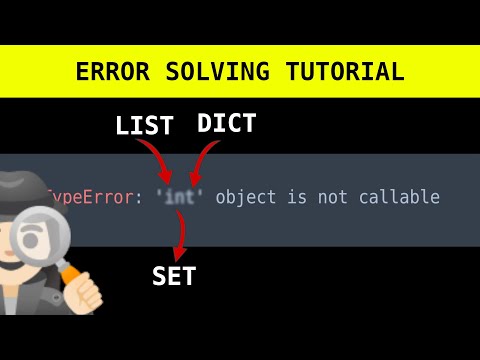
Found 7 images related to typeerror float object is not callable theme
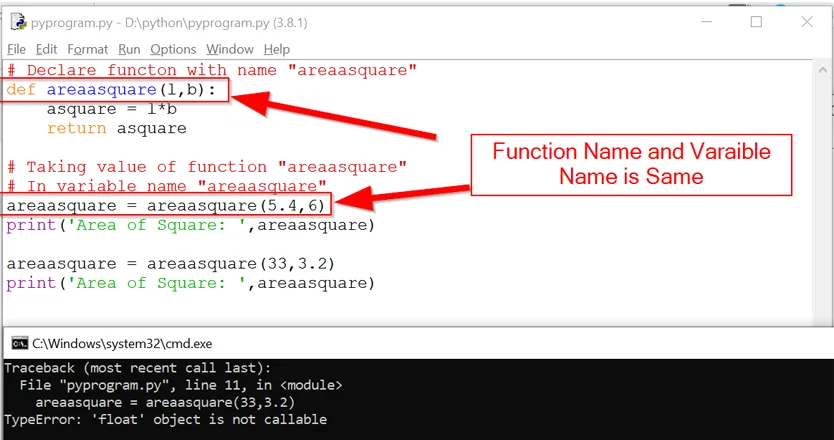


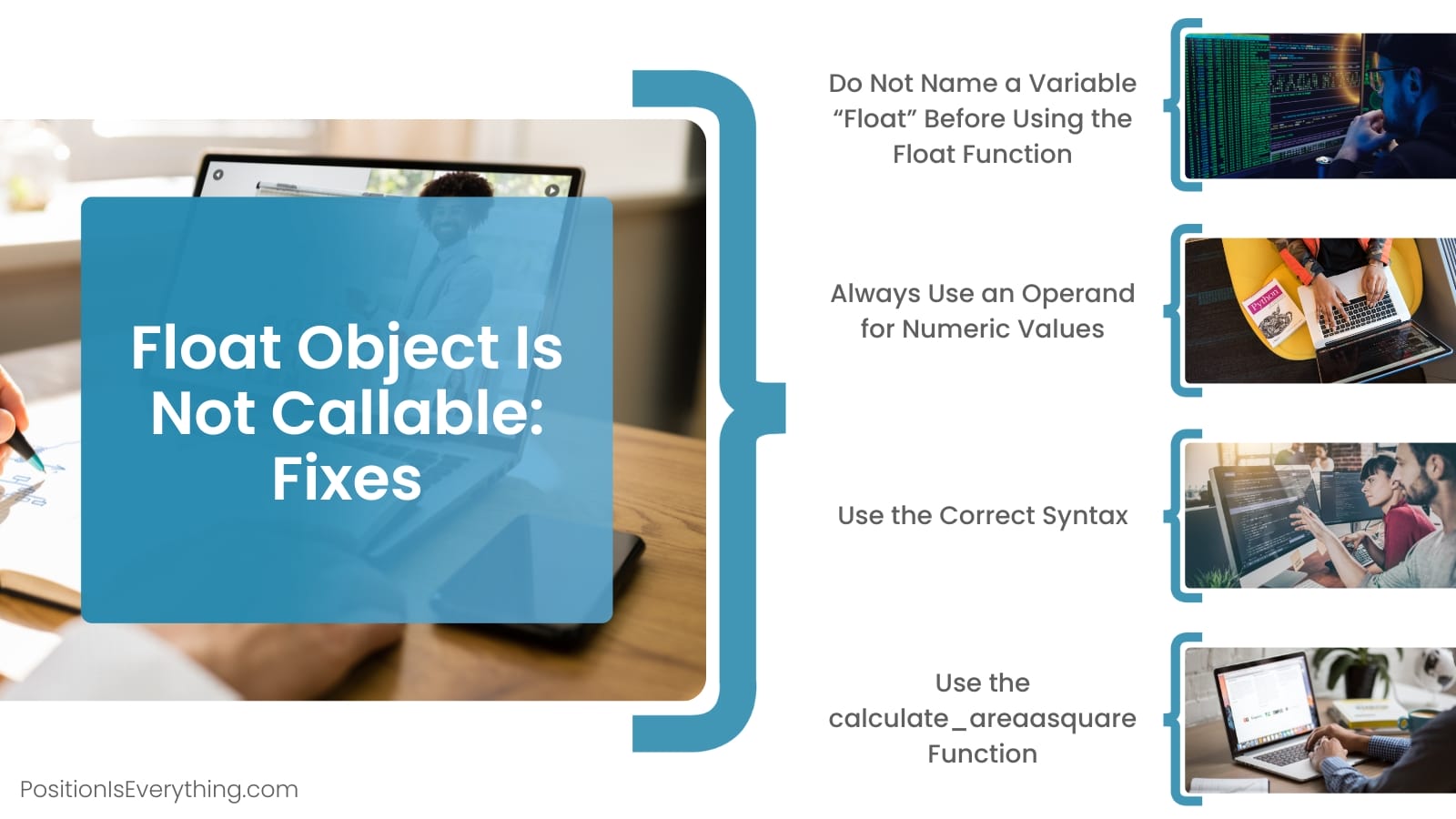
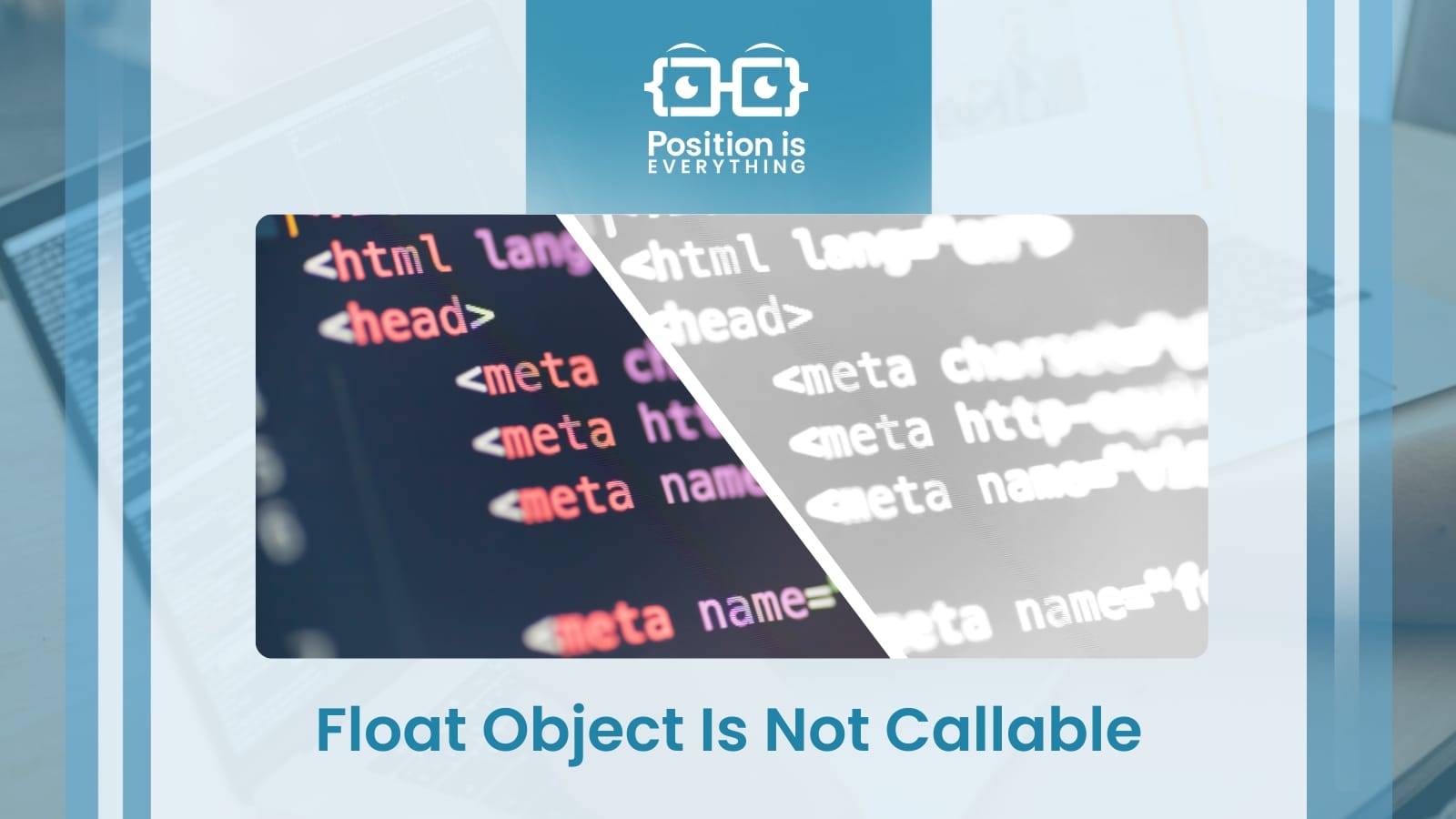


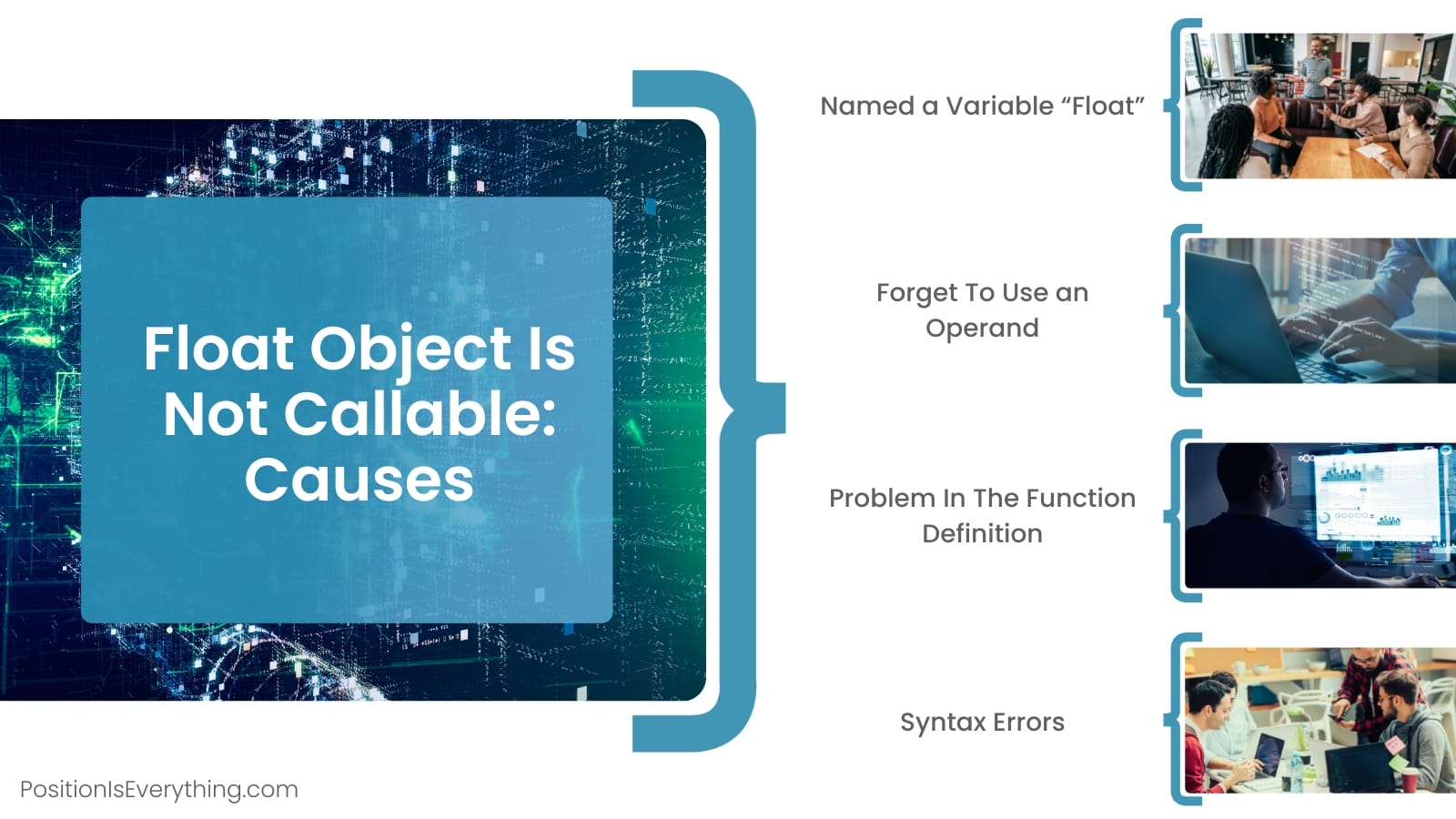
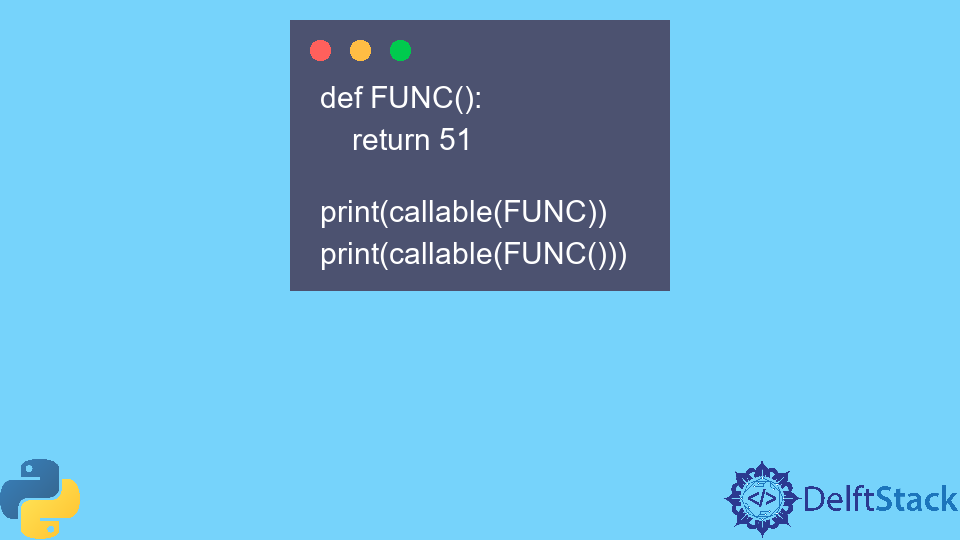
![TypeError: 'int' object is not callable in Python [Solved] | bobbyhadz Typeerror: 'Int' Object Is Not Callable In Python [Solved] | Bobbyhadz](https://bobbyhadz.com/images/blog/python-typeerror-int-object-is-not-callable/banner.webp)


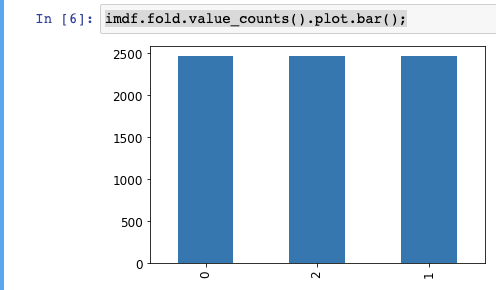
![Typeerror: 'list' Object is Not Callable [Solved] Typeerror: 'List' Object Is Not Callable [Solved]](https://linuxhint.com/wp-content/uploads/2021/10/Object-is-Not-Callable.jpg)




![Typeerror: 'list' Object is Not Callable [Solved] Typeerror: 'List' Object Is Not Callable [Solved]](https://linuxhint.com/wp-content/uploads/2021/10/word-image-129163-1.png)
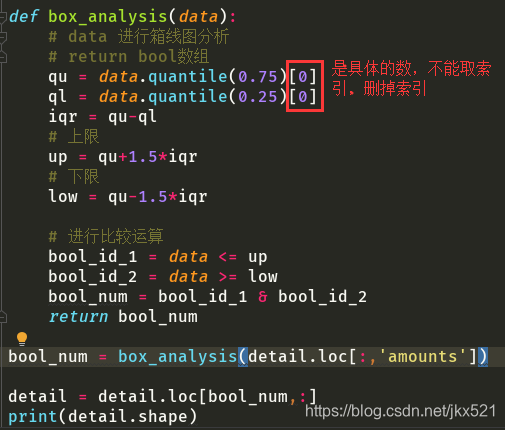
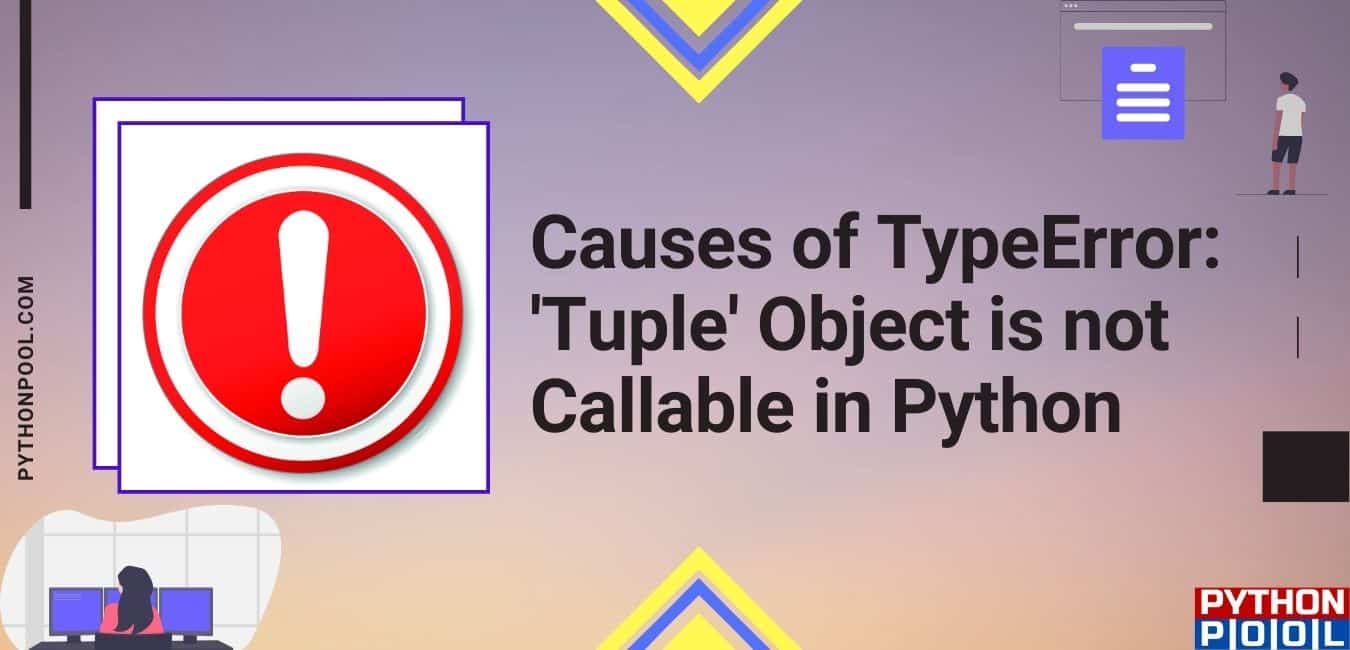

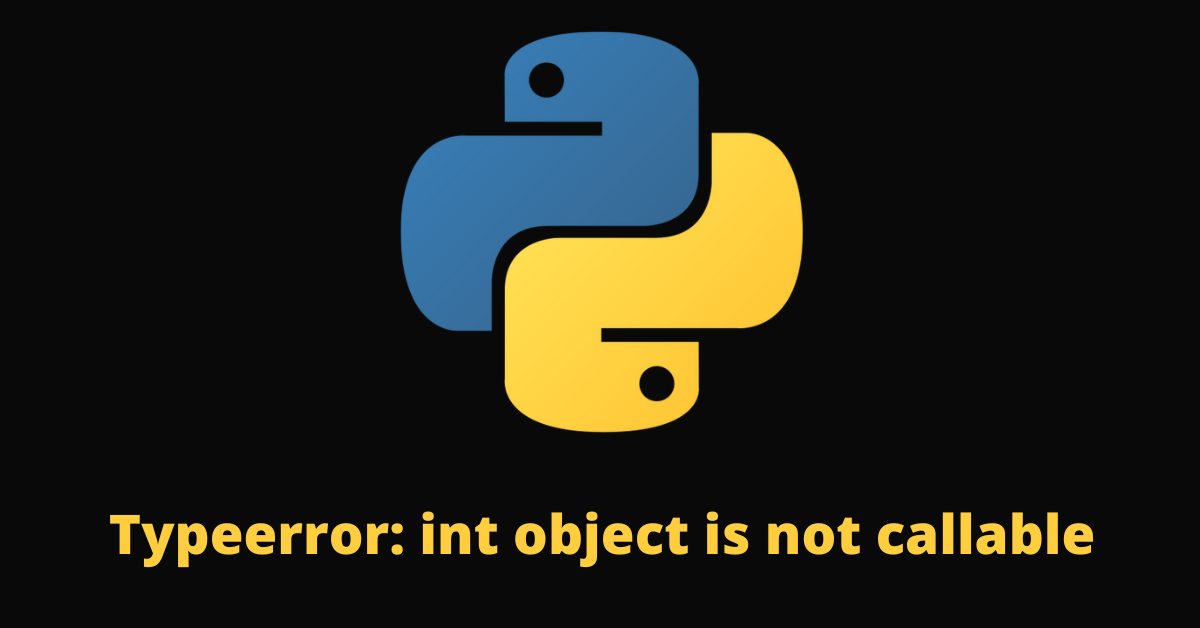


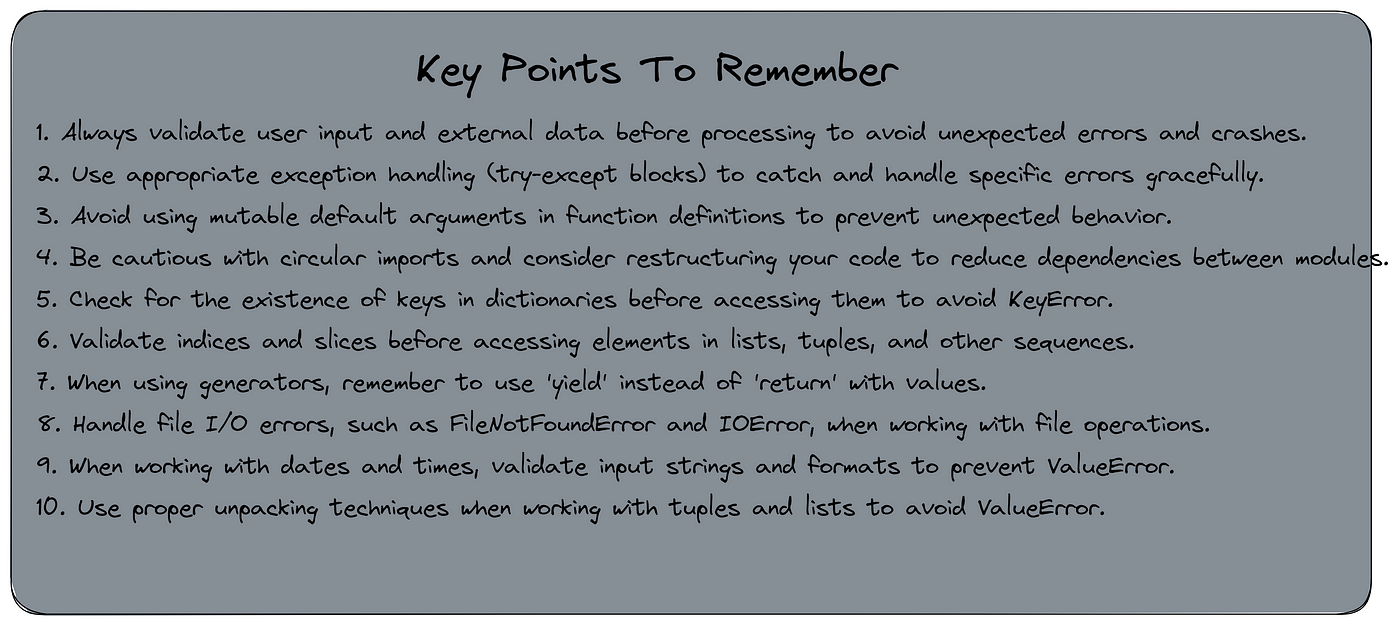
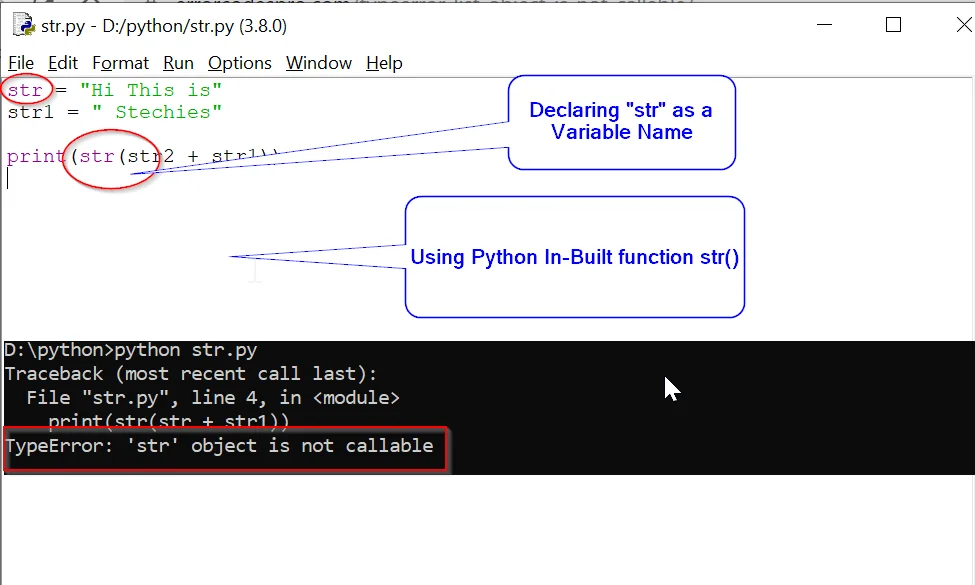
![Solved] TypeError: 'float' object is not callable - Technolads Solved] Typeerror: 'Float' Object Is Not Callable - Technolads](https://technolads.com/wp-content/uploads/2020/12/cropped-Site_Name-2.png)
Article link: typeerror float object is not callable.
Learn more about the topic typeerror float object is not callable.
- Python TypeError: ‘float’ object is not callable Solution
- TypeError: ‘float’ object is not callable – python – Stack Overflow
- TypeError: ‘float’ object is not callable in Python (Fixed)
- TypeError ‘float’ object is not callable – STechies
- What is a Float in Python and How Does it Benefit Programmers
- TypeError: module object is not callable [Python Error Solved]
- TypeError ‘module’ object is not callable in Python – STechies
- How to fix TypeError: ‘float’ object is not callable in Python
- TypeError ‘float’ object is not callable – STechies
- Typeerror: ‘float’ object is not callable [SOLVED]
- Fix Float Object Is Not Callable in Python | Delft Stack
- Typeerror float object is not callable : Tricks To Fix it
- “TypeError ‘int’ or ‘float’ object is not callable” – Knowledge Base
See more: nhanvietluanvan.com/luat-hoc